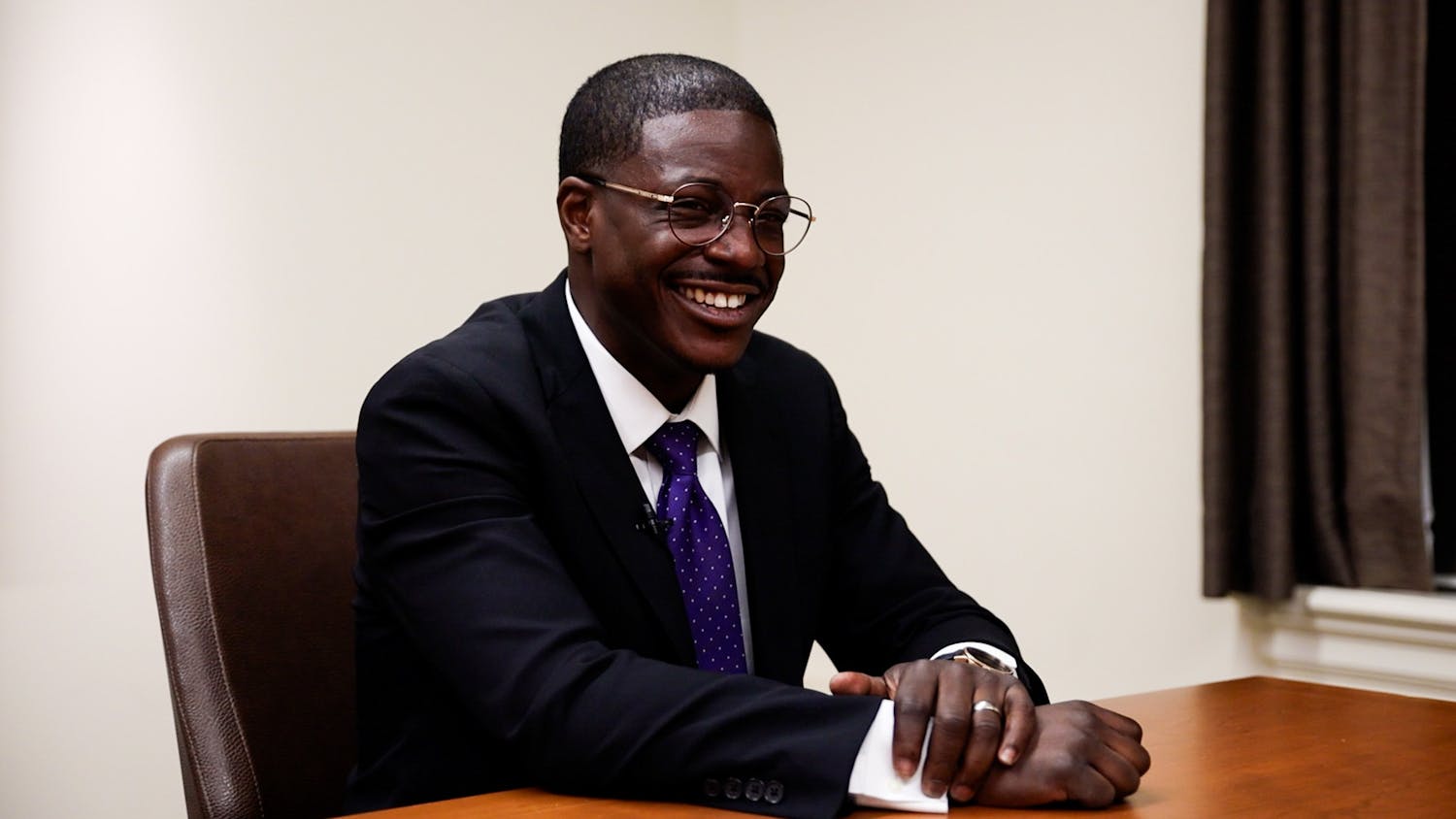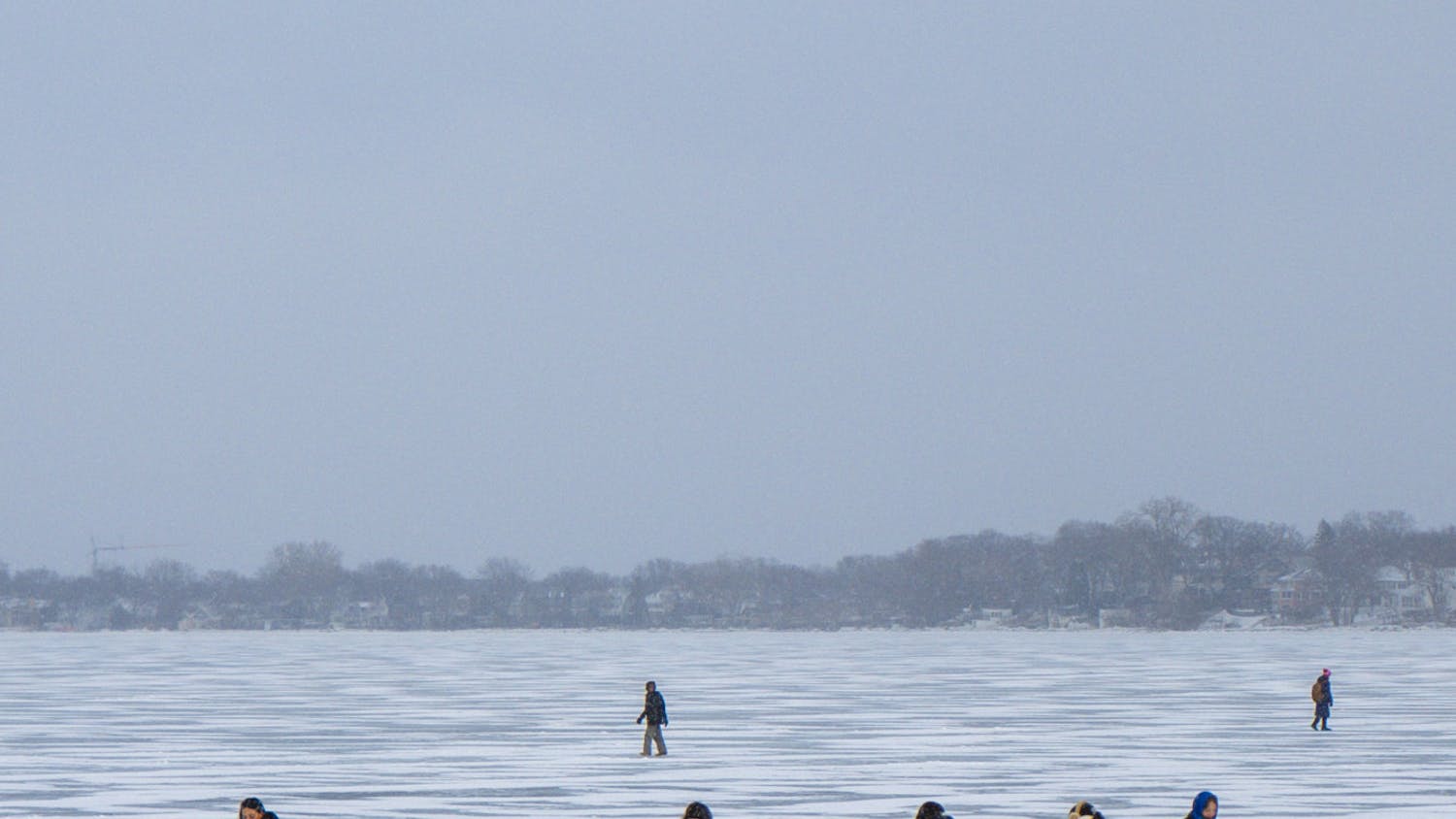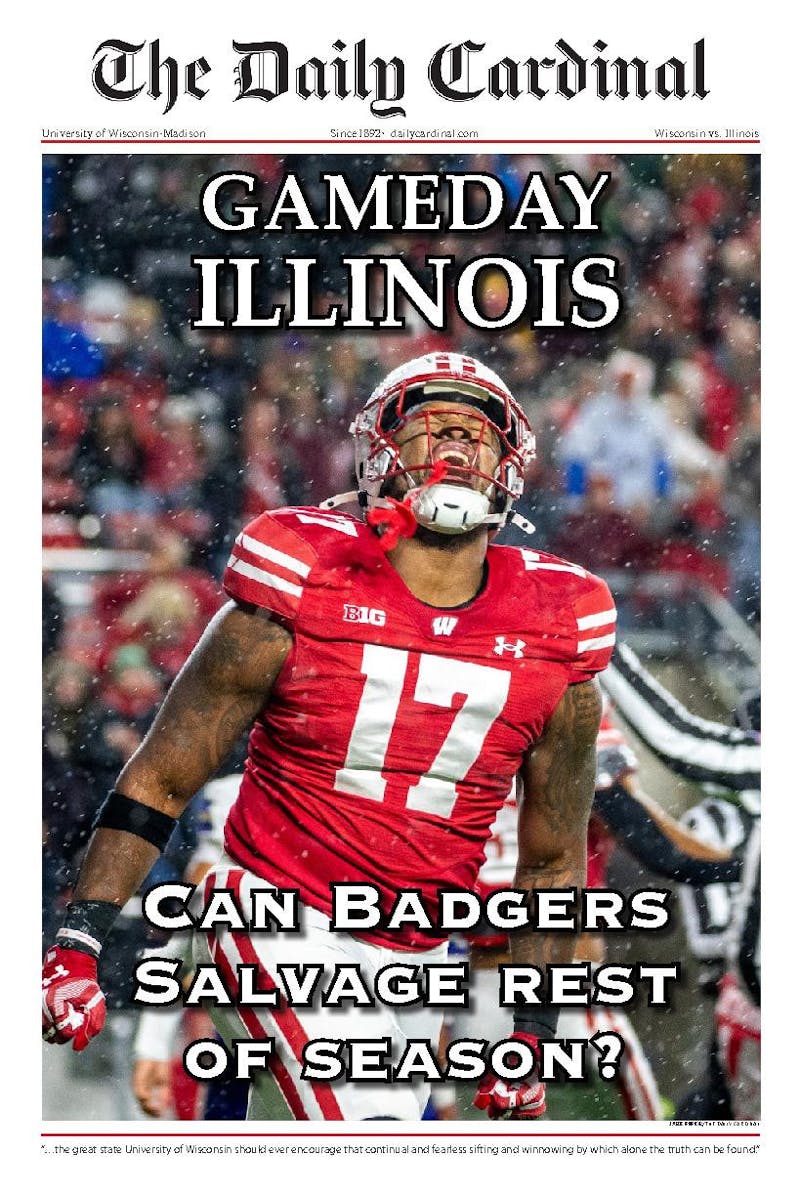Crime levels at UW-Madison are comparable with those at other Midwest universities and Big Ten schools, according to statistics filed with the U.S. Department of Education.
The Daily Cardinal compiled statistics university police and campus officials reported to the Department of Education under the Clery Act from all eleven Big Ten schools and UW-Milwaukee. These statistics are meant to provide a picture of crime on college campuses.
The statistics combine instances that happened on university-owned property, areas the university defines as being on campus, and depending on the university, some areas that extend into nearby sidewalks and streets.
For 2005, in the categories of aggravated assault and burglary UW-Madison ranked among the safest—8 and 10 respectively, out of the 12 schools.
UW-Madison ranks higher for forcible sex offenses and robberies—Wisconsin ranked 6 and 7, respectively, in those categories.
Crime at UW-Madison remained fairly consistent from 2003 to 2005.
In that two-year period, there were no clear trends in categories of forcible sex offense, robbery and aggravated assault—all were generally consistent. The only category that saw a real decrease was burglary, with 20 fewer incidences in 2005 than 2004—according to Clery report statistics.
Clery statistics show that in 2005 15 forcible sex offenses occurred on campus or within immediate boundaries.
Fourteen of the assaults took place on university-owned property—with six incidents happening in university-owned residence halls.
One assault occurred in a zone UW-Madison calls ""non campus,"" which includes facilities used by UW-Madison students but is not within the continuous area of campus.
These statistics, however, may not give a full picture of how many UW-Madison students were victims of sexual assault.
A report released by the Office of the Dean of Students said in 2005, 43 students told police and various campus administrators and counselors they were sexually assaulted.
In 30 of the cases the victim and the assailant were acquaintances. Additionally, in 30 of the cases, alcohol or drugs were involved.
If only 15 of the 43 assaults were counted in the Department of Education's Clery statistics, then the other 28 assaults reported in 2005 to university officials are assumed to not have taken place on campus.
Nineteen of the 28 assaults fall in the category the university calls ""off campus,"" which is an area where students typically live or congregate. The university makes its own rules as to what these areas are. After inquiring with the Office of the Dean of Students, it was unclear what areas UW-Madison considers ""off campus.""
Nine of the 28 assaults are filed under the category ""other,"" which means they happened far from the campus or the location was unknown.
An example of the ""other"" category is if a female student reported to a University Health Services counselor that sexual intercourse was forced on her at a party in her hometown. The counselor would have recorded the sexual assault, but the account would not have been reported under Clery because it did not occur within the confines of the general campus area.
Statistics on sexual assaults reported in 2006 have been released by the Office of the Dean of Students.
More students said they were sexually assaulted in 2006, with a total of 46. Fourteen of the assaults occurred on campus—with five incidents happening in residence halls.
The remaining 32 assaults did not occur on campus. Twenty-six fall into the ""off campus"" category and six in the ‘other' category.
In 30 of the total 46 cases, the victim and suspect were acquaintances. In 28 of 46 cases, alcohol or drugs was related.
UWPD said it will release its 2006 report later this month. 2006 Clery report statistics are not available until October 2007.
OTHER SCHOOLS
Judging only by enrollment and institution size, Big Ten schools are comparable to UW-Madison, but according to university police departments, statistics are hard to compare between universities because every school is unique.
Each university is housed in a different city and that affects the level of crime and how the university and city work together. At every school, the jurisdiction lines between campus and city boundaries are different. When documenting statistics, those lines are sometimes blurred.
For example, if a student lives off campus and reports a crime to the city police, they are not necessarily recorded as a student victim. Though city police departments and university police have a dialogue, every crime is not always shared, and policy is different for every city and school. For this reason, it is nearly impossible to give an accurate number of how many college students are actually victimized.
""It hard for us to give you a really solid count how many victims were for sure students,"" said University of Minnesota Police Deputy Chief Steve Johnson, adding that it is not always pertinent for city police to ask if a victim is a student when investigating a robbery miles off campus.
At the University of Minnesota, many students live close to campus in the Southeast neighborhood of urban Minneapolis, where nearly 90 percent of residences are rentals. Even though Minnesota ranked high on the Big Ten list for robberies on campus, this neighborhood lies outside the zone for reporting statistics under Clery, hence statistics from this neighborhood are not included in UMPD's Clery report.
However, Johnson said he guessed 60 percent of the robberies in the Southeast areas were student victims. ""That's scary as hell if you're a student,"" he said.
Johnson said he could ""go on for hours"" about the makeup of crime at Minnesota and the surrounding Twin Cities. However, for schools in other areas, crime does not seem to be such a drastic concern.
""Overall, we have some spikes here and there, but for the most part our crimes have gone down in the last five years or so,"" said assistant chief of Northwestern University Police, Daniel McAleer.
UW-Milwaukee Police Sergeant James Learman said UW-Milwaukee has seen ""nothing like what you guys have had,"" referring to recent violent crimes on and near the UW-Madison campus.
Learman said his department may see less violent crime because UWM police are ""pretty much geographically restricted the campus itself and the campus properties.""
Despite the differences university police cite, overall, ""things are pretty steady in terms of crime,"" said Katherine Andriole, assistant program director at the non-profit organization, Security on Campus.
""It's hard to tell because schools that report a ton of crime—it's hard to tell whether they had an increase or if they're just doing a better job at reporting,"" she said.





